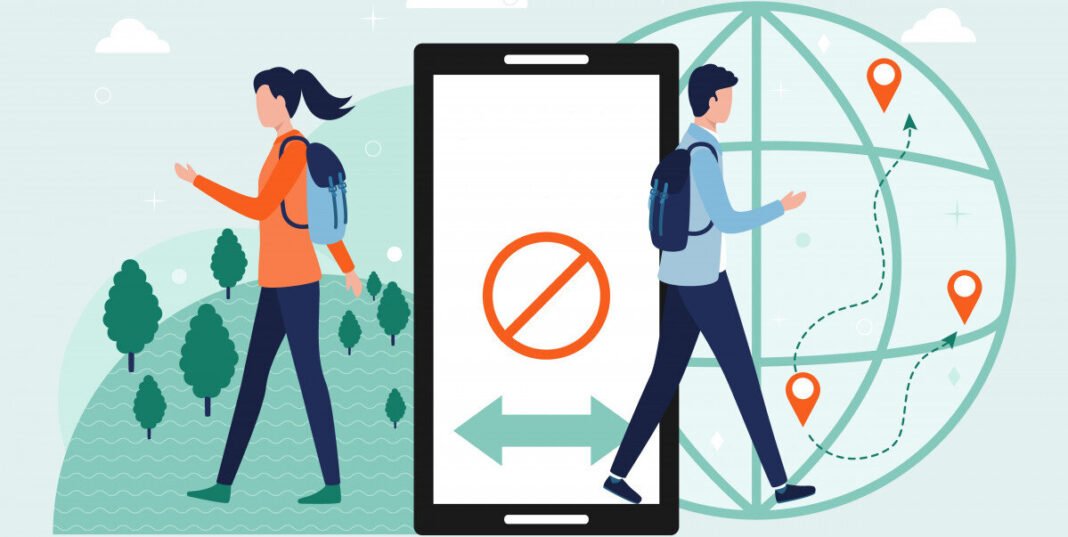In today’s fast-paced, digital world, it’s easy to find ourselves constantly glued to our screens, whether it’s our smartphones, tablets, or computers. While technology has undoubtedly brought many conveniences and benefits into our lives, it has also led to a growing need for a “digital detox.” This concept involves consciously taking a break from our screens to reconnect with the real world and improve our overall well-being. In this article, we will explore ten essential steps to help you unplug and find balance in your digital life.
Recognize the Need for a Digital Detox
The first step in embarking on a digital detox is acknowledging the need for one. Reflect on how often you find yourself mindlessly scrolling through social media or compulsively checking your email. Recognize the impact it has on your mental and emotional health, as well as your relationships with those around you.
Set Clear Goals
Define your goals for the digital detox. Are you looking to reduce screen time, break a specific digital addiction, or simply create healthier boundaries with technology? Having clear objectives will help you stay focused and motivated throughout the detox process.
Create a Digital-Free Zone
Designate specific areas in your home as “digital-free zones.” The bedroom is an excellent place to start, as removing screens from this space can improve the quality of your sleep. Establishing boundaries around where and when you use technology can be a powerful way to disconnect.
Establish Screen-Free Times
Set aside certain times of day for digital detox. This could be during meals, family gatherings, or dedicated hours before bedtime. Not only will this help you disconnect, but it will also enhance your interpersonal relationships and mindfulness.
Prioritize Face-to-Face Interaction
Make a conscious effort to spend more time with friends and family in person. Engaging in face-to-face conversations fosters deeper connections and genuine human interaction, which can be incredibly rewarding.
Unplug from Social Media
Social media platforms are notorious for their addictive qualities. Consider taking a break from social media or at least reducing your usage significantly. This will free up time for other activities and reduce the constant comparison to others that social media often brings.
Find Offline Hobbies
Rediscover or explore new offline hobbies and interests. Whether it’s reading, hiking, painting, or gardening, having fulfilling activities that don’t involve screens can provide a sense of purpose and satisfaction.
Digital Declutter
Take some time to declutter your digital life. Delete unnecessary apps, unsubscribe from email lists, and organize your files and photos. A clean and organized digital space can reduce stress and make it easier to stay focused when using technology.
Embrace Mindfulness
Practice mindfulness techniques such as meditation or yoga to become more aware of your screen time habits and the impact they have on your well-being. Mindfulness can help you break free from the constant pull of technology and make conscious choices about when and how you use it.
Seek Support
Engage your friends and family in your digital detox journey. Share your goals with them and encourage them to join you in unplugging from time to time. Having a support system can make the process more enjoyable and increase your chances of success.
conclusion
a digital detox is a valuable step towards regaining control of your life and reconnecting with the real world. By following these ten steps, you can begin to strike a healthier balance between your digital life and your physical and mental well-being.

